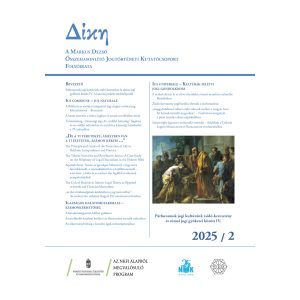Szerző: Surjányi Dávid
Pécsi Tudományegyetem Állam- és Jogtudományi Kar 2025
A cikk angol nyelvű.
*****
Islamic legal history presents us an astounding notion for shahīds (those who die for the cause for Islam), something that is in clear distinction between the Jewish or Christian concept of a martyr. Whereas Judeo-Christian tradition highlights individuals who bore witness to their faith and moral convictions even unto death, Islamic jurisprudence (fiqh) conceptualizes martyrdom primarily within the framework of the laws of warfare, military jihād to be precise. As a more politicized and more militarized concept, shahāda (“bearing witness”) in Islam became not only the focus of the international community, but also that of Muslim internal legal and theological debates. The reason for this is that by the second half of the 20th century, the notion of military self-sacrifice became interwoven with suicide attacks. Since suicide is a sin in Islam, adjustments in fiqh had to be made in the modern context to justify such actions (that are usually labelled as terrorism outside the Muslim world). This required Sunnī Islam to incorporate certain elements of Shīʿī traditions, as the ethos of martyrdom (even with the involvement of suicide) was developed and glorified in several sects of the Shīʿa. The bridge between the two main branches of Islam became the Israeli-Palestinian conflict, which served fundamentalists and jihādists their legal and theological reasoning for those new forms of attacks that not only shook the Western world, but caused severe division among Muslims as well.
A részletes adatlapot a képre vagy a címre kattintva érheti el.
Ingyenesen letölthető, open access kiadvány










